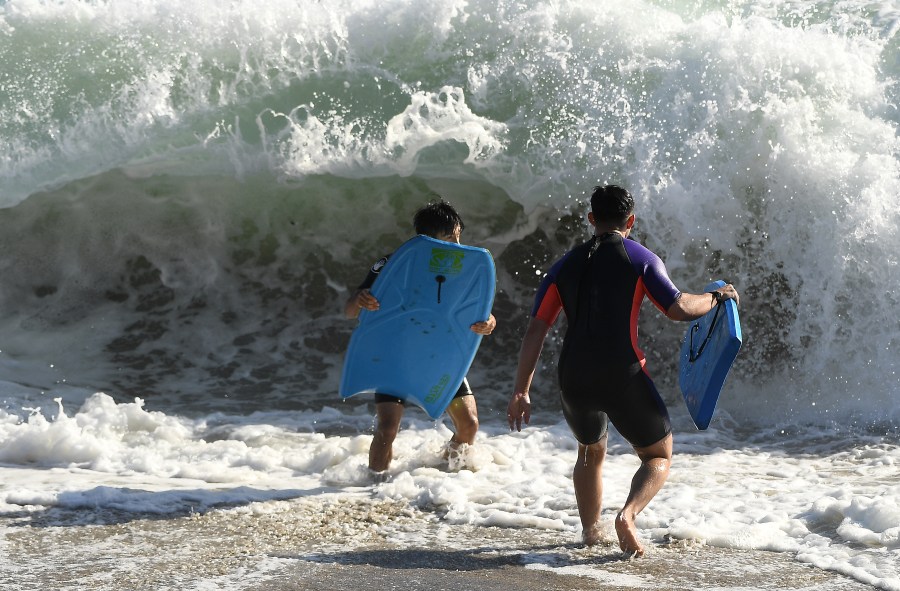Malibu, California, has a well-deserved reputation as one of the world’s top beach destinations.
This city’s 21-mile coastline is renowned for its pristine white sand, picturesque piers and spectacular surf, which draw more than 15 million visitors annually.
But before you slip on the swimsuit for a day of fun in the sun and sea, beware. Experts say Malibu’s waters can be dangerous, especially in the summer when powerful shore breaks and rip currents keep lifeguards busy.
Captain Marco Rodriguez, a veteran lifeguard with the Los Angeles County Fire Department, says Malibu’s beaches are riskier than others in the summer due to their southern orientation, where other Southern California beaches generally face westward.
“During the summer, we get swells coming from the south, and they tend to impact Malibu’s beaches more than others because they are south-facing,” Rodriguez explained to KTLA 5 News. “The most dangerous parts of the year are during the summertime when the beaches are the most crowded.”

Malibu’s wildly popular Zuma Beach, featured in dozens of films and television programs, such as Baywatch, is notorious for its intense shore break, also known as beach break or shorepound.
Beachgoers who simply want to cool off in the water might face four or five-foot waves crashing onto the wet sand. They are excellent conditions for skimboarders. But for everyone else, it could mean a trip to the hospital – or worse.
“The shorepound can literally pound you onto the sand and injure you. We’ve seen people dislocate knees and shoulders,” says Rodriguez. “It doesn’t take much if they’re unfamiliar with what the ocean can do, and if you have a combination of shorepound and strong rip currents, then it’s a recipe for disaster.”
Rip currents are narrow channels of fast-moving water that can quickly pull swimmers out to sea. Over 100 drowning deaths are blamed on rip currents each year in the United States, according to the U.S. Lifesaving Association.

Figures show Malibu lifeguards rescued nearly 2,000 swimmers from June 2023 to June 2024, and rip currents are always a major culprit. They can be present at any beach at any time of year, but as Rodriquez points out, Malibu sees an elevated risk during the summer.
“Sometimes lifeguards are constantly on our feet and running around,” he says, “because the conditions are very dangerous and rip currents are very prominent, and we have large crowds.”
If you get stuck in a rip current, experts recommend swimming parallel to the beach to escape since swimming against the current can quickly lead to fatigue.

No matter your skill level, Rodriguez says beachgoers should be mindful of the conditions and only swim where a lifeguard is present.
“Don’t be afraid to talk to us. We’re here to help out and then make sure you go home safe,” he says. “The ocean is pretty unforgiving.”















